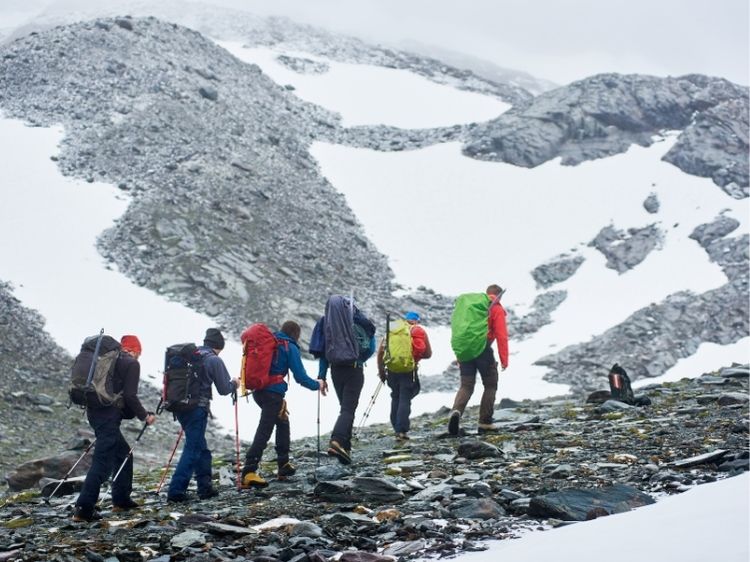What is the US Travel Advisory?
If you’re someone who loves to explore the world, you’ve probably heard the term “US travel advisory.” But what does it really mean? In essence, the US travel advisory system is a tool designed by the US government to inform citizens about the safety and security of various countries worldwide. It provides guidance on risks travelers might face—be it political instability, crime, health concerns, or natural disasters.
Whether you’re planning a leisurely vacation or a business trip, understanding these advisories can make or break your journey. So, let’s dive into the nitty-gritty details, shall we?
Understanding the US Travel Advisory Levels
The US travel advisory system is categorized into four distinct levels. These levels help travelers gauge the safety of a destination at a glance:
1. Level 1: Exercise Normal Precautions
- This is the “all-clear” signal for travelers.
- Destinations under this level have no significant risks.
- Examples: Many Western European countries fall into this category.
2. Level 2: Exercise Increased Caution
- Indicates potential risks such as petty crime, mild political unrest, or health concerns.
- Examples: Thailand and South Africa often land here due to specific regional issues.
3. Level 3: Reconsider Travel
- Advises against travel due to serious risks like natural disasters, civil unrest, or major health crises.
- Examples: Some parts of Mexico and certain Middle Eastern nations.
4. Level 4: Do Not Travel
- The highest advisory level, signaling extreme danger.
- Examples: Countries experiencing active war zones or severe governmental instability like Syria or North Korea.
How are Travel Advisories Determined?
Behind the scenes, a lot goes into assigning these levels. The US Department of State evaluates several factors:
- Political Stability: Are there ongoing protests or governmental issues?
- Crime Rates: Is violent crime or theft a significant concern?
- Health Risks: Are there outbreaks like Zika, malaria, or COVID-19?
- Terrorism: Is the region at risk of terrorist attacks?
- Infrastructure Issues: Can you rely on local transport, hospitals, and emergency services?
Why Should Travelers Pay Attention to These Advisories?
Ignoring travel advisories isn’t just risky—it can also be costly. Here’s why these updates matter:
- Personal Safety: Staying informed helps you avoid dangerous areas.
- Insurance Coverage: Some travel insurance policies don’t cover high-risk destinations.
- Emergency Services: In Level 3 or 4 countries, access to US embassy services may be limited or unavailable.
Tips for Safe Travel Amid US Travel Advisories
Traveling to a destination with a higher advisory level? Don’t worry, here are some practical tips to keep you safe:
- Do Your Research
- Check the advisory for your destination on the official US State Department website (travel.state.gov).
- Read up on local customs and laws.
- Register for STEP (Smart Traveler Enrollment Program)
- This free service keeps you updated on safety alerts and helps the embassy contact you in emergencies.
- Stay Connected
- Carry a reliable phone and download emergency contact apps.
- Invest in Travel Insurance
- Look for policies that cover health emergencies, evacuations, and trip cancellations.
- Blend In
- Avoid flashy clothing or behavior that marks you as a tourist.
- Keep Important Documents Secure
- Always have digital and physical copies of your passport, visa, and insurance details.
FAQs About the US Travel Advisory
1. How often are travel advisories updated?
Travel advisories are updated as needed, often in response to real-time developments. Check regularly, especially before your trip.
2. What should I do if I’m already in a Level 3 or 4 country?
Stay calm and contact the nearest US embassy for guidance. Follow local news and adhere to advice from authorities.
3. Are US travel advisories mandatory?
No, they are advisory in nature. However, ignoring them could lead to serious consequences.
4. Can travel advisories affect flight bookings?
Yes. Airlines might cancel flights to high-risk destinations, and you could face challenges securing refunds or rebooking.
5. Is it safe to travel during a Level 2 advisory?
Yes, but it’s crucial to exercise increased caution. Stay vigilant and follow local guidelines.
How to Find US Travel Advisories
The best way to stay informed is to check the official US State Department website (travel.state.gov). You can search for country-specific advisories and read detailed updates.
Additionally, consider subscribing to updates from the Smart Traveler Enrollment Program (STEP), which sends you real-time notifications.
Making Sense of Travel Advisory Trends
While travel advisories can seem daunting, they often reflect broader trends. For instance:
- Global Pandemics: COVID-19 resulted in widespread Level 3 and 4 advisories.
- Regional Unrest: Countries experiencing political upheaval or protests often see temporary advisory escalations.
- Natural Disasters: Hurricanes, earthquakes, and other events may lead to quick changes in advisory levels.
Final Thoughts: Planning Your Next Adventure
At the end of the day, travel advisories aren’t meant to scare you—they’re designed to keep you informed. Whether you’re planning a honeymoon in Europe or an adventurous trek through Southeast Asia, checking the US travel advisory for your destination is a smart first step.
By staying informed, following safety tips, and preparing for the unexpected, you can enjoy your travels without unnecessary stress. After all, the world is a beautiful place—so go out there and explore it responsibly!
Authoritative Sources
- Official US Travel Advisories: travel.state.gov
- Smart Traveler Enrollment Program: step.state.gov
- Centers for Disease Control and Prevention (CDC): cdc.gov/travel
- World Health Organization (WHO): who.int/travel-advice

